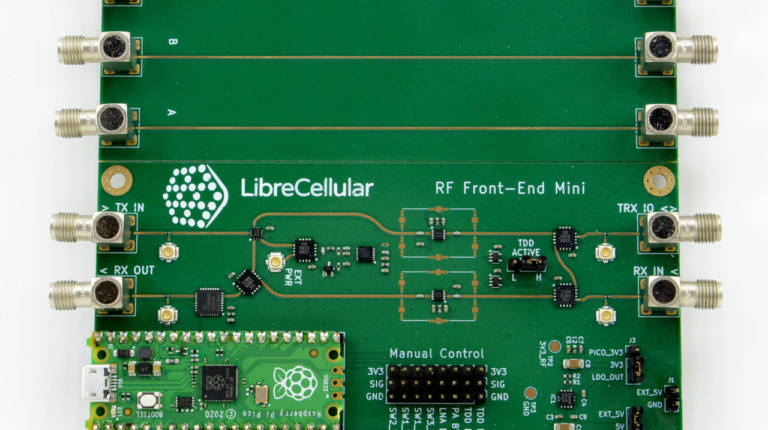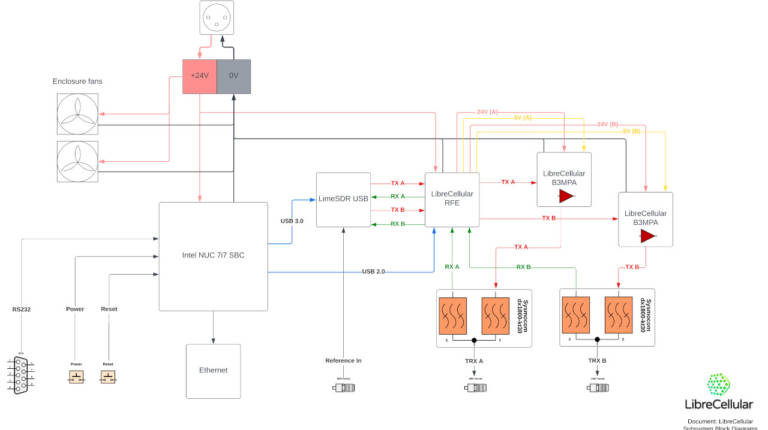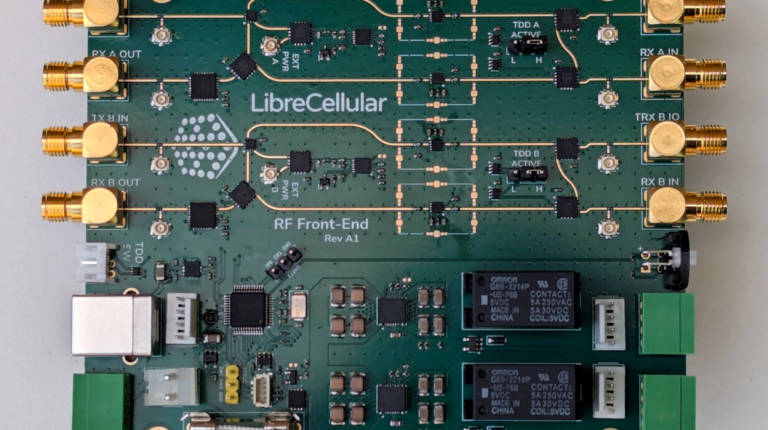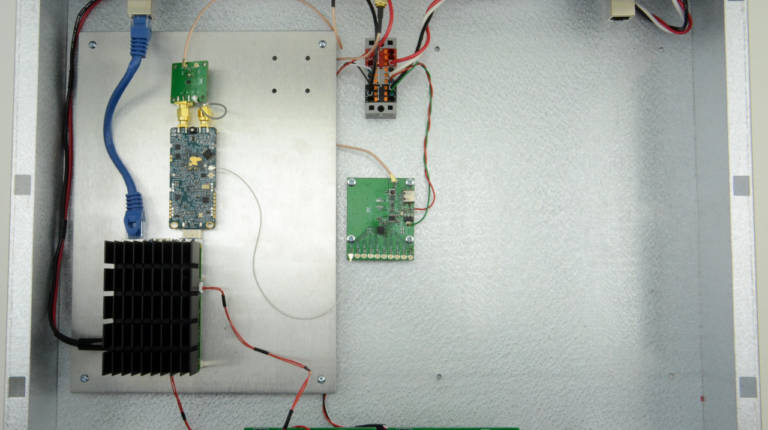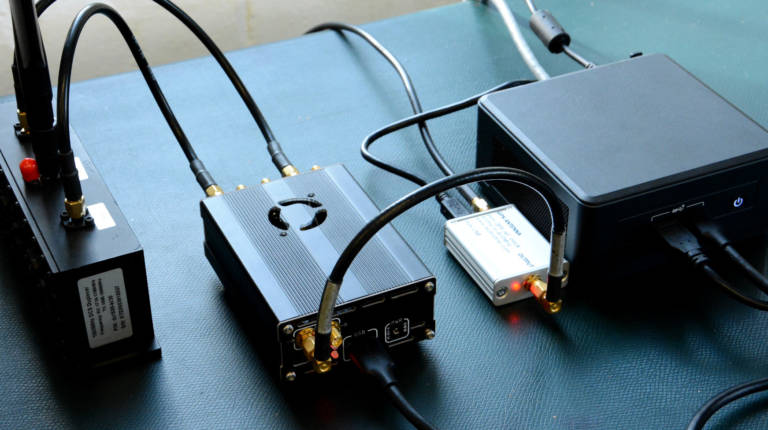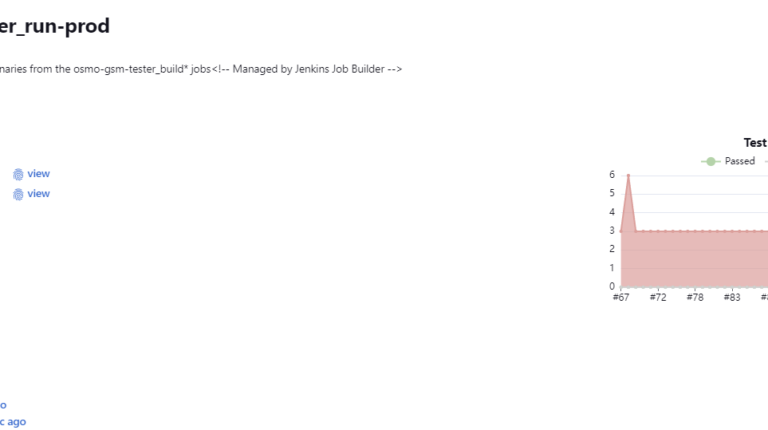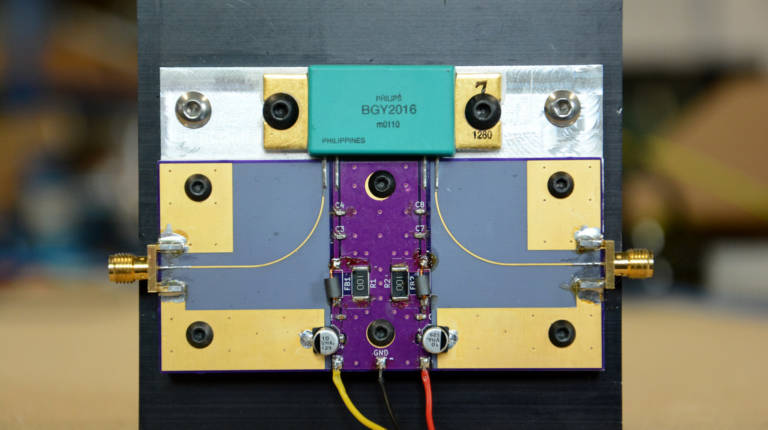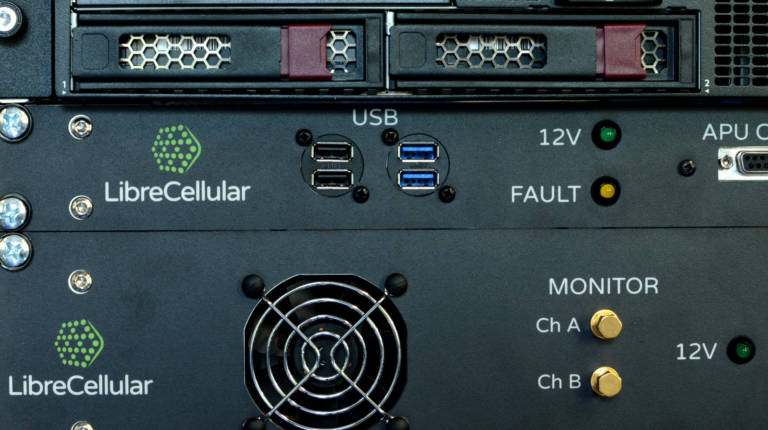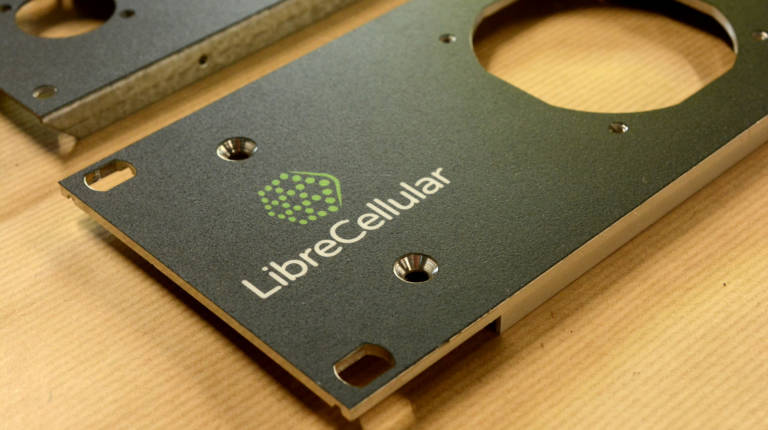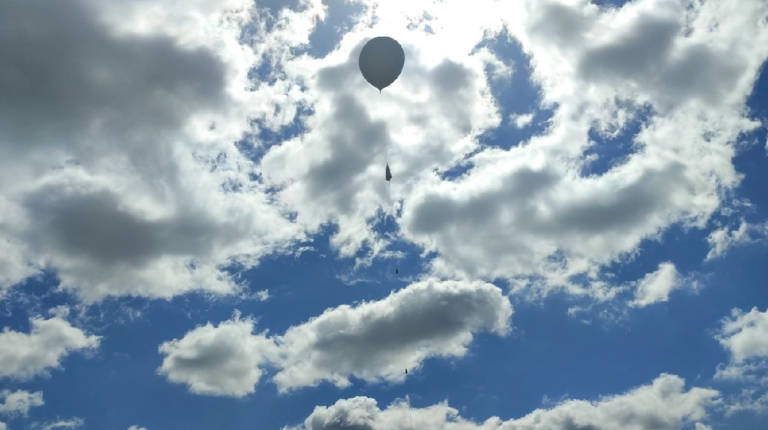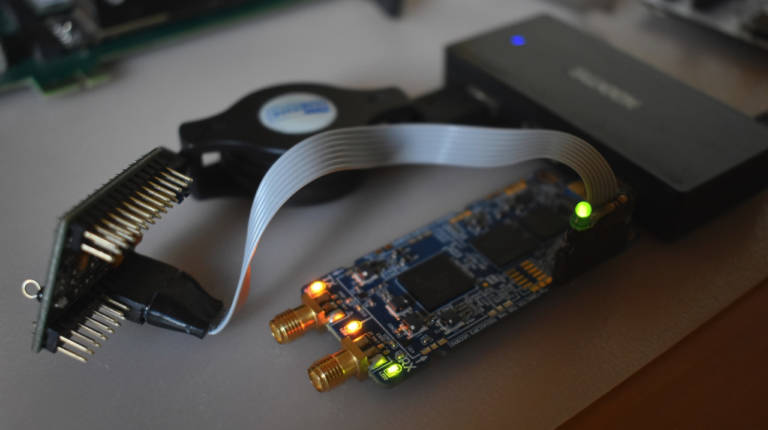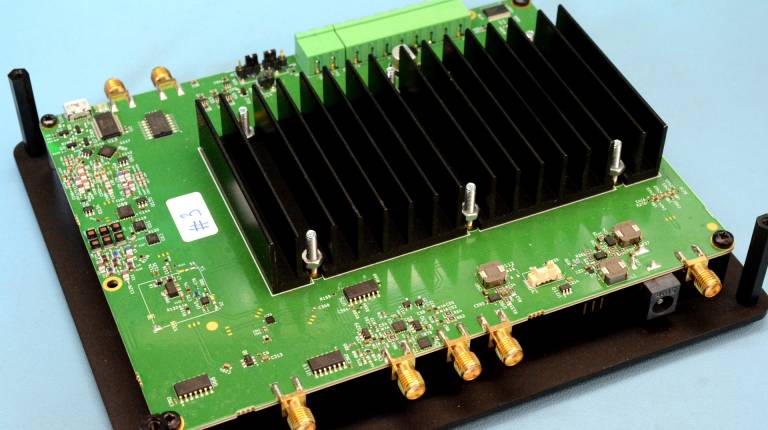Since the project was announced last year we’ve suffered a number of setbacks due to circumstances outside of our control. For example, the company we planned to use for customised rack mount enclosures exited the market due to pandemic related issues. However, we are pleased to report that we are now making good progress and a long overdue update follows.
